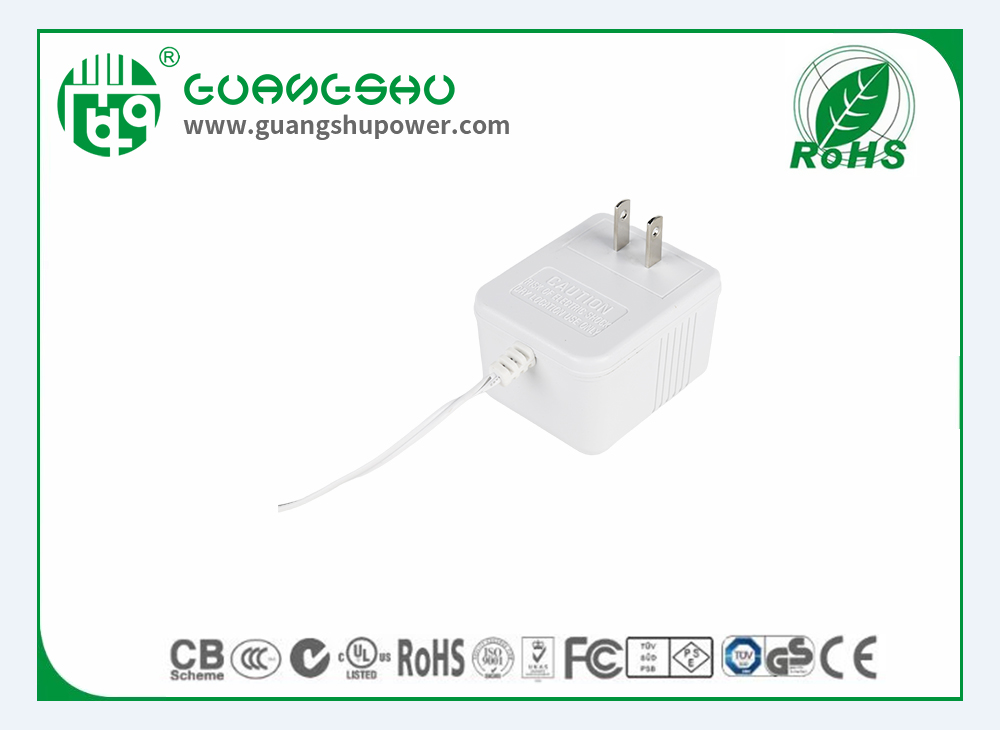Time:2025-07-23 Views:0

High-frequency switching power supplies operate on the core principle of converting electrical energy through rapid switching of semiconductor devices, typically MOSFETs or IGBTs, to achieve efficient voltage regulation. The process begins with rectification and filtering of the input AC voltage, transforming it into an unregulated DC voltage. This DC voltage is then passed through a high-frequency inverter, where switching devices rapidly turn on and off at frequencies ranging from tens of kilohertz to several megahertz. This high-frequency switching converts the DC voltage into a high-frequency AC signal, which is then transmitted through a transformer. The transformer serves two key functions: isolating the input and output circuits for safety and stepping the voltage up or down to the desired level based on the turns ratio. After transformation, the high-frequency AC signal is rectified again to convert it back to DC, followed by filtering to smooth out any ripple and provide a stable output voltage. A feedback control loop is integral to this system; it continuously monitors the output voltage, compares it to a reference value, and adjusts the switching duty cycle of the inverter. By modifying the on-time and off-time of the switching devices, the control circuit ensures the output voltage remains constant even when there are fluctuations in the input voltage or changes in the load. This dynamic adjustment allows high-frequency switching power supplies to maintain high efficiency across varying operating conditions, as the rapid switching minimizes energy losses associated with traditional linear regulators, which dissipate excess energy as heat.
Read recommendations:
54V1.17A Wall Plug Australian Standard
8.4V British standard single color light power charger
12V4A European standard wall plug